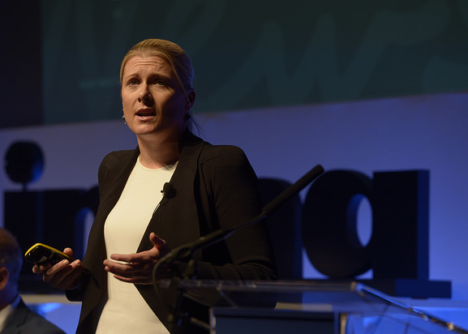Netflix and Spotify helping to alter consumer mindset of paid content, says News Corp
 News Corp has insisted consumers are becoming increasingly comfortable paying for content as it claimed the more stories it has locked behind its paywall, the more subscriptions it has generated.
News Corp has insisted consumers are becoming increasingly comfortable paying for content as it claimed the more stories it has locked behind its paywall, the more subscriptions it has generated.
Victoria Turner, general manager of customer relationships, marketing and insights, told the International News Media Association (INMA) world congress in London, that the company had seen strong growth in both its digital and bundled subscription packages.
It has, she said, helped stem the annual circulation decline of its national and metro newspapers from 10% to 5%.


Consumers are willing to pay FAIR prices for content.
Companies like Netflix and Spotify have fair prices.
Most companies do not.
However, movie and music content is not the same as news, which has sadly become a commodity. Bezos said recently that his WaPo needs to sell more digital subs at a lower price to more people. Eg, more micro subscriptions. And WaPo is winning in growth terms vs NYT and others.
Netflix and Spotify aren’t associated with Rupert Murdoch, and that’s a deal breaker for me and other digitally savvy millenials.
I can, and will go out of my way to ensure that not a single cent goes to his empire.
It’ll be interesting to see the demographic differences between these news subscriptions and Netflix, Spotify… as an indicator of sustainable growth in paid content. You can get news anywhere, whereas movies/TV shows and audio music (as separate from YouTube), is a bit more difficult to find.
In my opinion, I’m ready to pay for good opportunities provided by different services, why not? Usually the price is not so high, & an average man can allow to do it on condition that the content will satisfy you. Netflix is a provider of streaming films and television series,Spotify is music streaming, podcast, and video service. These are two services I can’t imagine my life! The only problem you may face is restrictions on these services in some countries. As I’m always on my business trip, I have a vpn provider to give access to it. Of course, the choice depends on your purposes and price, but I usually surf on the internet, find the most appropriate information, e. g. like this https://www.bestvpnrating.com/news/enjoy-limitless-netflix-entertainment-all-over-world-using-safervpn and later choose what I want. Usually due to it I have an access to my favourite films and songs.